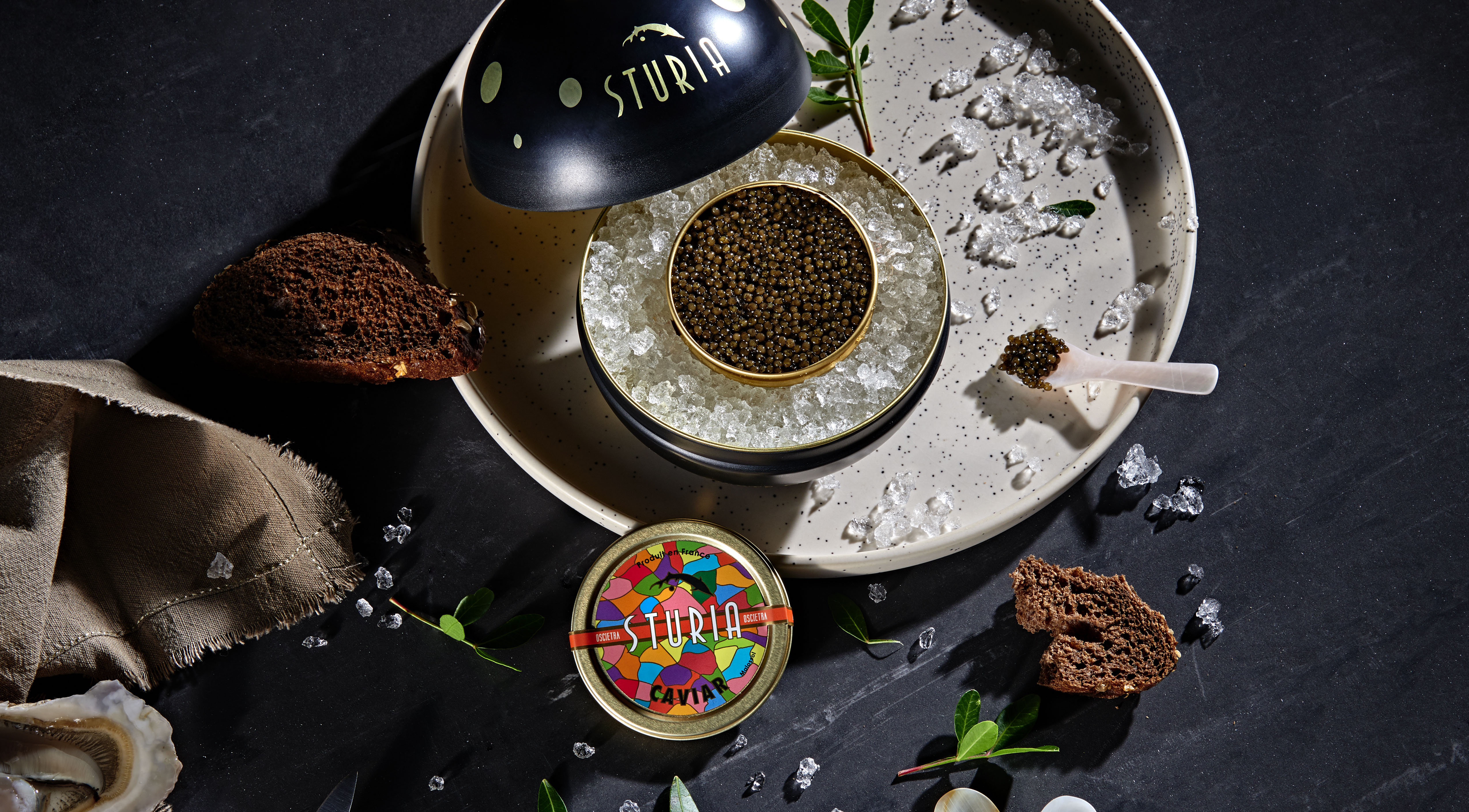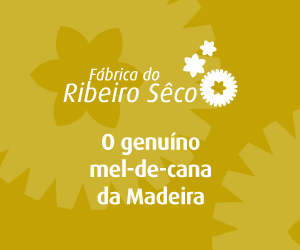It was his passion for wine that brought Laurent Dulau to Madeira, but the caviar he produces had long before discovered the island

This article contains suggestions which are meant to inspire you for the day when travel and movement restrictions are lifted. For now, please cooperate with the authorities by staying at home. Help the World to defeat Covid-19!
It was because of friends, wine and caviar that Laurent Dulau made his way to Madeira. He had already heard of the island before but the challenge of his oenologist friend Rui Reguinga provided the momentum he was lacking: ‘He told me about amazing wines from Madeira, wines from another Planet’.
In Madeira, Laurent Dulau delighted ‘in the unique balance between acidity and sweetness which endows the wine with strength and volume with an exceptional capacity of ageing for white wines’. This aficionado is also a wine maker. It is he who makes Le Vin de Mon Père and considers, when asked by Essential, that Madeira wines are ‘kind of an anti-globalisation wine’.
‘Everything about these wines is unique’, he explains, from the grape varieties, to the way they are farmed ‘in a mosaic of allotments with different terroirs, different expositions, and different weathers… so many different situations in such a small island’, which he compares to the mythical Atlantis: ‘a dark rock emerging from the ocean covered in green and coloured gardens’.
The trip to Madeira served to visit another friend, Benoît Sinthon, the executive chef of the Il Gallo D’Oro restaurant, with whom he shares a passion for cooking and a tie to the Sturia caviar. Laurent Dulau is the general manager of Kaviar, the largest producer group in France, third largest in the World, with over 14 tons every year. Benoît Sinthon is an enthusiast of the Aquitaine caviar, of which the Sturia brand, part of Kaviar’s portfolio, is one of the list of select products in Madeira’s only restaurant to have two Michelin stars.
Besides his passion for wines Laurent Dulau holds a doctorate in molecular biology, and has been involved with food production in many sectors. Ten years ago, at the height of his career, he ‘woke up with the conviction that it was time for a change’. He registered with the INSEAD Business School and that opened the door to a new stage of his professional life. Among the job offers was the key to enter the world of caviar.
‘Caviar is a mythical luxury product’. Sturgeon eggs have been consumed since antiquity, but ever since some 30 years ago they have come to be grown in fish farms. Innovating in this production was the perfect challenge.
Caviar has been explored in Aquitaine since 1920. It was produced from a species of sturgeon from the Garona River – the Acipenser surio – which was driven to near-extinction. Exploring this resource was outlawed in the 1980s. Some years later, one of the World’s first sturgeon fish farms was up and running. ‘That is how the production of the World’s fish farm caviar took off in Aquitaine’, mentions Laurent Dulau. ‘We were pioneers. We invented many techniques’.
Two species of sturgeon are bred in corporate fish farms, the Baerii, which produces Siberian caviar, and the Gueldenstati, which produces Oscietra caviar.
‘Producing caviar is not as complex as making wine’, says Laurent Dulau. But to obtain ‘excellent caviar we need perfect eggs at the perfect ripeness, much like with wine grapes’. To achieve that result it is necessary to master the sturgeon breeding technique, know the details of its reproductive cycle and the right moment to collect the eggs.
Laurent Dulau seeks to emphasise the identity of caviar, through the concept of ‘merroir’, by comparison with terroir. All so the conditions of the fish farms can be as close as possible to the natural environment of this fish species.
All these factors make caviar a unique product, ‘like Madeira wine, in the sense that they are the only salty fish eggs with such a variety and complexity of aromas’. To taste them, one need only follow three steps: observer the size and colour of the eggs; feel the texture; and taste, so as to feel ‘aromas like nuts, almonds, hazelnuts or cashew’.
www.sturia.com
Article written in May 2019. (Issue no. 74, June/July)














